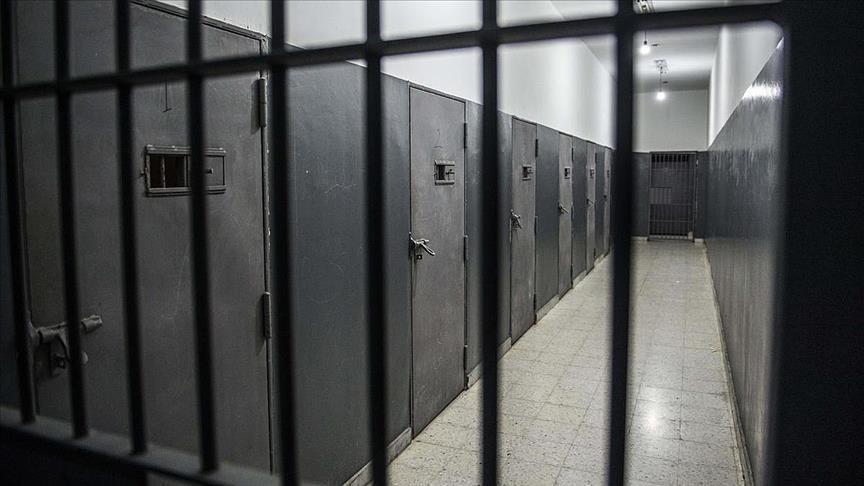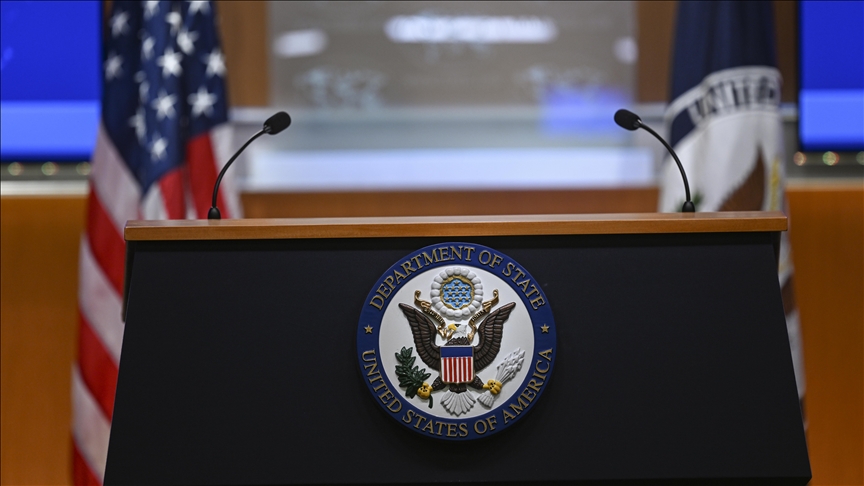
The US is poised to seize billions of dollars in frozen Russian assets located within the country and use them to bolster Ukraine’s war effort. This move, authorized by the recently signed aid package, taps into an estimated $5 billion held by Russia’s Central Bank that was previously frozen but not confiscated.
However, the US isn’t likely to go it alone. The REPO Act, which allows for the seizure, emphasizes coordinated action with allies, particularly G7 nations and the European Union. Disagreements exist within the EU about the legality and potential consequences of seizing assets, with some leaders concerned about disrupting the international financial order.
Frozen vs. Seized
It’s important to understand the distinction between freezing and seizing assets. At the war’s outset, the US and its allies froze roughly $300 billion in total Russian foreign holdings, most of which reside in the EU. Frozen assets are essentially immobilized, preventing Russia from accessing them. However, they remain Russia’s property. Seizing assets, as authorized by the REPO Act, would involve a legal process to turn them into forfeited assets that can be sold.
Timeline and Hurdles
The new law mandates the US to locate and report on these assets within a set timeframe. While the President can seize them after a designated period, international cooperation remains a priority. Discussions with G7 allies, culminating in a June summit, are likely to influence the pace of any seizures.
How Can the Money Be Used?
The Biden administration has discretion over how the seized funds will be used to support Ukraine. However, collaborating with G7 partners is a prerequisite before allocating the money. This emphasis on a united front reflects the desire to avoid unilateral action.
What About Europe?
The EU has already begun exploring ways to utilize the frozen assets. While formal seizure remains a point of contention, the bloc is considering directing windfall profits generated from the frozen funds towards Ukraine. This approach, estimated to yield billions annually, offers an alternative to outright confiscation.
Potential Risks
Critics of the REPO Act warn that weaponizing global finance against Russia could undermine the US dollar’s dominance as the world’s reserve currency. They argue that nations holding vast US dollar reserves, like China, might be deterred from doing so in the future, potentially destabilizing the international financial system.




